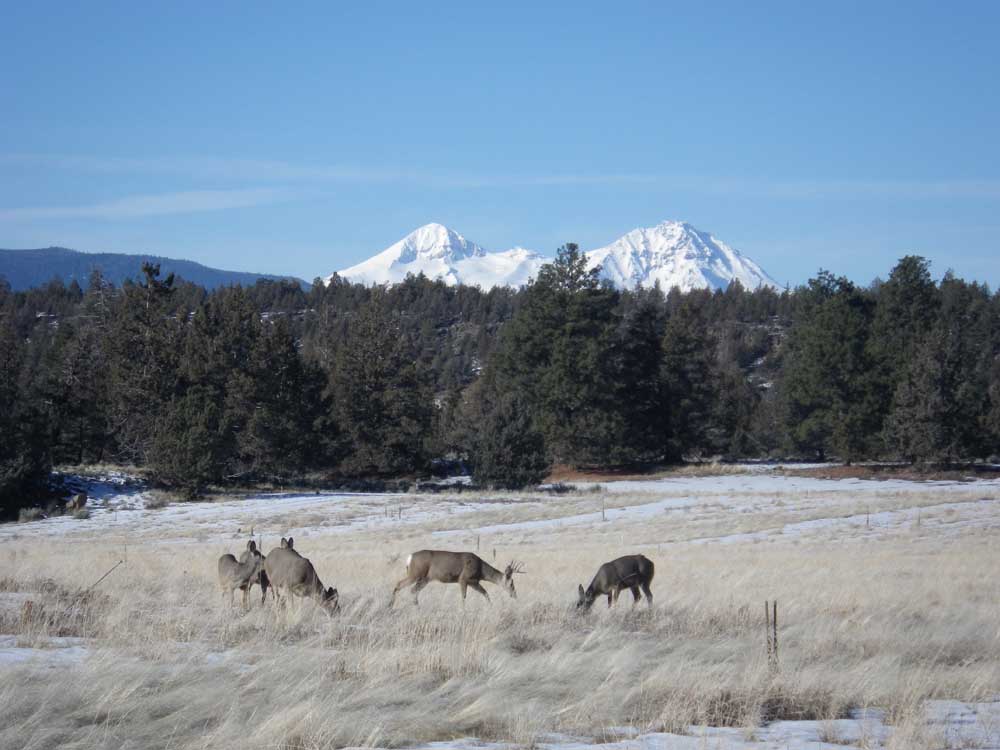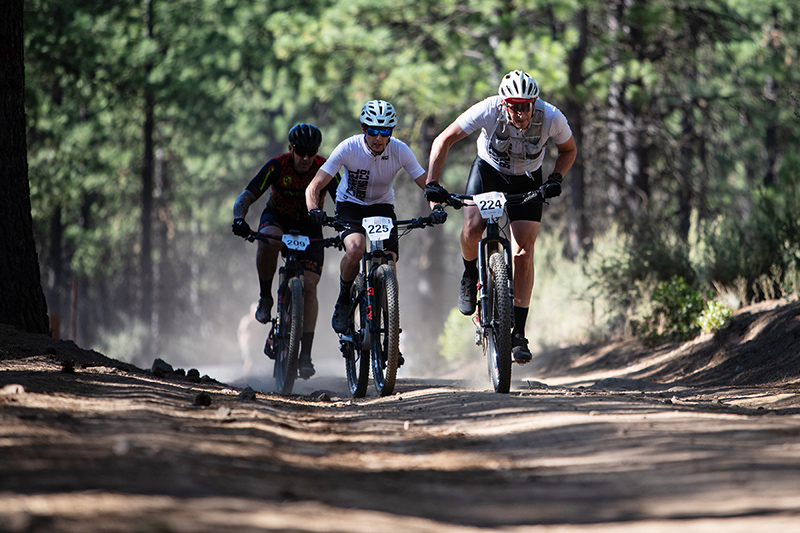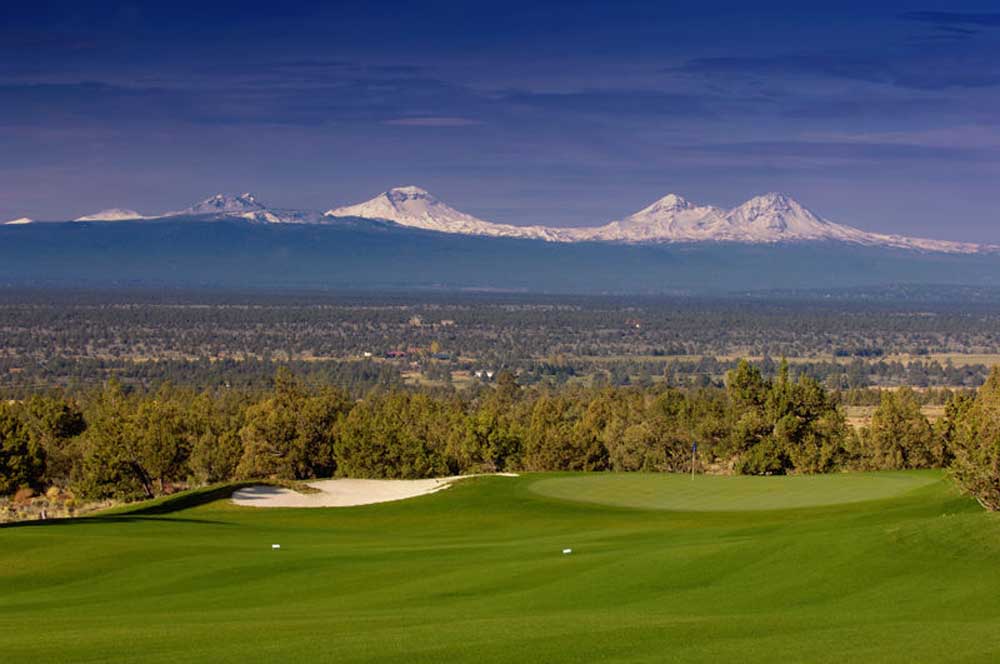Guest column: Extra precautions needed in migration season
Published 4:15 pm Wednesday, November 27, 2024

- Migration season brings more wildlife into park areas.
I love this time of year when the colder weather and snow bring more animals into town and the parks as they search for shelter, food and access to water. Resident elk and mule deer are more active, and sightings are frequent near where I live in the Sunriver area.
While we all likely take these seasonal changes a little bit for granted because of the frequency, they warrant a pause to appreciate and admire the rhythm of nature. They may destroy vegetable gardens and rose bushes, but they are majestic and reminders that we must share spaces.
Trending
The increased migration activity also draws other animals closer to our spaces, including predators. It’s common for Bend Park and Recreation District to get reports of bobcats, cougars, coyotes and bears in some of our most visited nature parks, including Shevlin Park and Riley Ranch Nature Reserve.
Cougar sightings are somewhat rare because they avoid people and are reclusive by their nature. But their primary food is deer and other mammals, so more active deer movement can mean more active predator movement.
When a sighting is reported to us or to Oregon Department of Fish and Wildlife, ODFW takes the lead on verifying a sighting and recommending if signage or public notice is appropriate. Not all sightings will be observed or verified, so it’s always best to assume there may be wildlife nearby when you’re hiking or enjoying natural areas.
Lemonade stand spurs $25,000 donation to the Deschutes Land Trust
Trending
Be careful in nature areas
It’s reasonable that cougars, bobcats or coyotes may be present in any large park or natural area, but they tend to avoid heavily used areas such as playgrounds, picnic shelters or other places where people may congregate.
If you’re an early riser or prefer sunset hours, please use extra caution and be aware of your surroundings. Dawn and dusk are predators’ most active times of day. When traveling in or through park areas, keep an eye out (and avoid headphones for alert hearing) and look around and listen attentively. Making noise regularly can also alert wildlife to your presence. The best-case scenario is that they hear and see you long before you see or hear them.
Dogs and wildlife
If you have a dog, it is more important than ever to keep them on a leash. It’s for their safety, first and foremost. My dog loves to sprint off-leash in public open space near our home (but never in our parks where leashes are required). I adjust this activity during active migration season, because I love him like family and want to keep him safe. Off-leash dogs also cause stress for wildlife.
Along with animals moving from the high country to lower lands, it is also the rut for deer and elk. During rut, animals are more active throughout the day as males search for a mate. Both sexes tend to act more erratic, and males are definitely more defensive. This is one more reason park users are strongly encouraged to keep dogs on leash. Leashed pets don’t add stress to wildlife who otherwise perceive them as a threat and expend unnecessary energy.
Dropping In: When life gives you lemons, watch cat videos
What if you encounter a predator?
• If you see a predator in the distance, calmly leave the area. Don’t run or move quickly to trigger the chase instinct.
• If the encounter is in close proximity, try to stay calm and do not run.
• Don’t turn your back and slowly pick up any small children if with you.
• If in close proximity, raise your arms, make loud noise, clap hands or throw objects.
• Ensure you aren’t blocking or trapping the exit for the animal before attempting to scare it.
• If attacked, fight back with anything within arm’s reach (perhaps a metal water bottle), rocks, branches or other materials.
With some preparation and being aware of surroundings, we can all continue to share our natural areas without disruption to migration activities.








